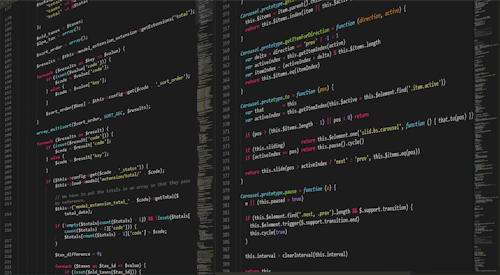Exploring the Future of Writing Amidst the AI Revolution
As we step boldly into the digital age, the landscape of writing undergoes a profound transformation, thanks to the ever-expanding capabilities of artificial intelligence. From crafting customer service responses to generating news articles, AI is reshaping how we interact with words, ushering in a new era of language generation.

Understanding Language Generation
At the heart of this revolution lies language generation, a potent application of artificial intelligence that automates the creation of written or spoken language. Leveraging machine learning algorithms, it mirrors the style, tone, and structure of natural language, revolutionizing communication across various domains such as marketing, customer service, and content creation.
The Core Components: NLP and Deep Learning
Language generation harnesses two main components: natural language processing (NLP) and deep learning. NLP focuses on understanding human languages to process and analyze vast amounts of text data, while deep learning empowers neural networks to learn patterns autonomously. This dynamic duo enables AI systems to generate original content swiftly and accurately.
The Advantages of AI-Powered Language Generation
One of the standout benefits of AI-driven language generation is its remarkable speed and scalability. Unlike humans, AI can churn out vast volumes of content in mere seconds, offering businesses an unparalleled opportunity to bolster their online presence while slashing content creation costs.
Moreover, AI systems continuously evolve through machine learning iterations, enhancing their ability to mimic human writing styles with each data input. This adaptability extends across languages, enabling businesses to produce localized content for global markets effortlessly.

Navigating Ethical Challenges
Yet, the ascent of AI writing isn’t without its challenges. Concerns loom regarding biased or unethical content stemming from biased datasets. However, strides are being made to develop AI systems capable of filtering out discriminatory language and promoting ethical content creation.
Tracing the Evolution of AI in Language Generation
The history of AI in language generation spans decades, evolving from rule-based systems to sophisticated deep learning models. Breakthroughs in the late 2000s propelled the field forward, culminating in the advent of powerful models like OpenAI’s GPT-3, which boasts over 175 billion parameters and is hailed as a milestone in natural language processing.
Current Applications and Examples
AI writing finds application across diverse industries, from automated content creation and language translation to chatbots and personalized writing assistants. These tools streamline processes, enhance communication, and drive innovation in content creation.

Advancements and Future Possibilities
The future of AI writing holds promises of even more sophisticated natural language processing algorithms, personalized content generation, and enhanced accessibility. AI’s potential as a writing partner or co-author and its role in fostering inclusivity stand as testament to its transformative power in shaping the future of writing.
Navigating Ethical and Creative Frontiers
Amidst the promises lie ethical considerations and debates around creativity. While AI presents unparalleled efficiency and potential, questions regarding ownership, authenticity, and the essence of creativity persist, urging us to tread carefully as we navigate this transformative landscape.
Embracing the Future
In conclusion, as AI continues to revolutionize language generation, it’s imperative for creators to embrace these tools while preserving their unique voices and perspectives. The future of writing brims with possibilities, fueled by the boundless potential of artificial intelligence.













Discussion about this post